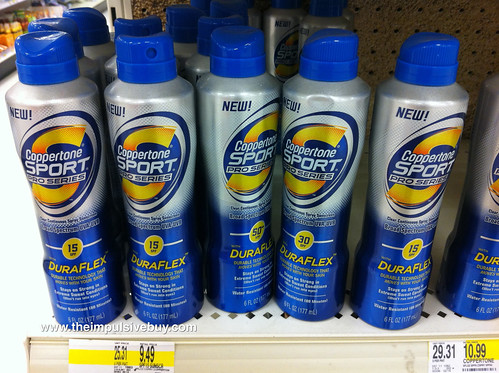Unfortunately, the rising cost of healthcare means that many people put off doctor visits until there’s a serious problem. However, some countries are taking an initiative to bring healthcare kiosks into public places such as shopping malls in an effort to illustrate that a person’s habits can easily have an adverse effect on their health.
Until recently, some people may not have even realized that these kiosks exist unless they happened upon one in their own town. RTÉ is one of Ireland’s national television channels, and through a show called “Health of the Nation,” the creators aim to focus on a particular health issue each week by teaming up with national health organizations that use kiosks to assist with patient education. For example, sometimes patients might use touchscreen kiosks to answer survey questions about whether or not they smoke cigarettes, how many hours of exercise they get per week, and the details of their diet, among other things.
In some cases, the kiosks print out the results in a easy-to-read format that the patient then passes on to a healthcare professional. On the television show, patients are seen by Dr. Mark Hamilton and Dr. Nina Byrnes. Because they often have to meet with an extremely large amount of patients in a single day, the printouts generated by the kiosks help them assess patients more efficiently and spot any troublesome characteristics about their way of life.
Kiosks That Examine the Body
While the of types kiosks discussed above are usually overseen by a healthcare professional, the Coppertone brand, most widely known for sun care products, has a practice of setting up self-service kiosks equipped with special lighting. The lights enable a person to see the amount of sun damage on their skin, and may even provide a wake-up call for using a higher amount of sun protection. Whereas the previous types of kiosks were promoted through a national television network, word spread about the Coppertone mobile kiosks through beauty websites and magazines.
Kiosks That Inform
Health insurance companies often use kiosks as part of their marketing strategies, too. Beyond advertising themselves across television screens, some insurance companies even run ads on the side of public buses. Their aim is to be at the front of the person’s mind whenever they’re in search of insurance coverage. To broaden their reach even more, insurance companies might place kiosks inside shopping malls to give people a chance to price coverage options. Television and radio commercials are important for gently interrupting a person’s night of home entertainment to remind them about what’s out there, but it’s difficult to go in-depth enough to talk about pricing schemes within a minute-long television commercial.
A few years ago, Harvard University released a study of thousands of women which indicated that a moderate amount of exercise could reduce heart disease risk by over 40 percent. Some people are startled by the idea that such a small lifestyle change could make that big of a difference. That’s one of the reasons why these efforts to promote health kiosks could make positive changes in a population’s health over time. After all, a person can’t start to make a change if they don’t know that a problem exists. By focusing on interactivity, health kiosks shed light on possible risk factors and give people reasons to start living their life in a healthier way.
– Michelle Winters writes for business blogs on how to construct your own kiosk including, in specific, a healthcare kiosk.



